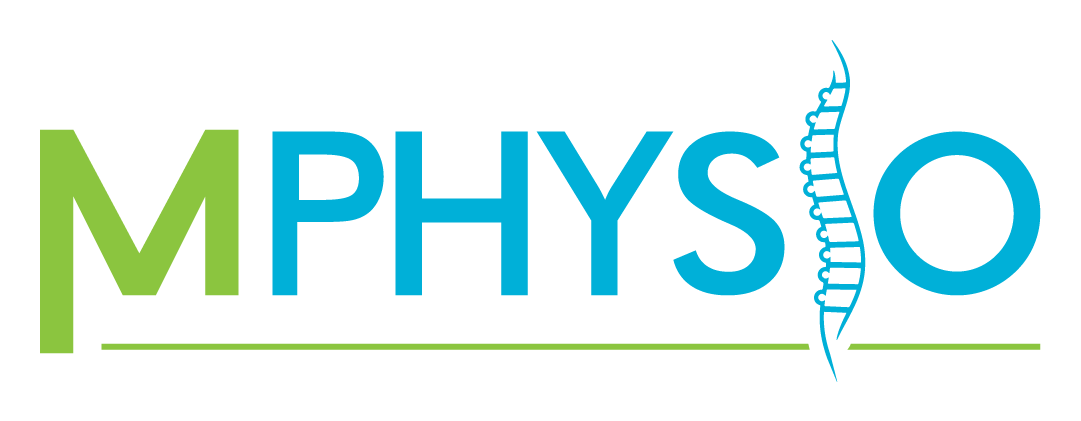Pilates, Resources
How to activate your T-zone
So you want to learn how to activate your T-zone.
If you are a client of Musculoskeletal Physiotherapy Australia, your physiotherapist at may have requested that you follow the simple instructions to begin your strengthening program! Knowing how to strengthen and activate your T-zone is the basis and foundation of achieving a strong core to gain control of your symptoms.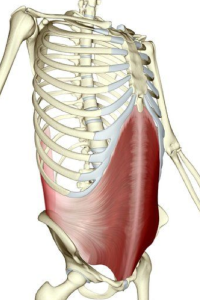
Follow these simple instructions to learn how to activate your T-zone
Once you read this page answer the questions on the sheet given by your physiotherapist at Musculoskeletal Physiotherapy Australia and bring that to your next treatment session.
Your T-zone comprises of 2 main muscles called the Transversus Abdominus (TA) and Pelvic Floor muscle. Knowing how to activate your T-zone properly will strengthen your core to manage your symptoms.
Transversus Abdominus
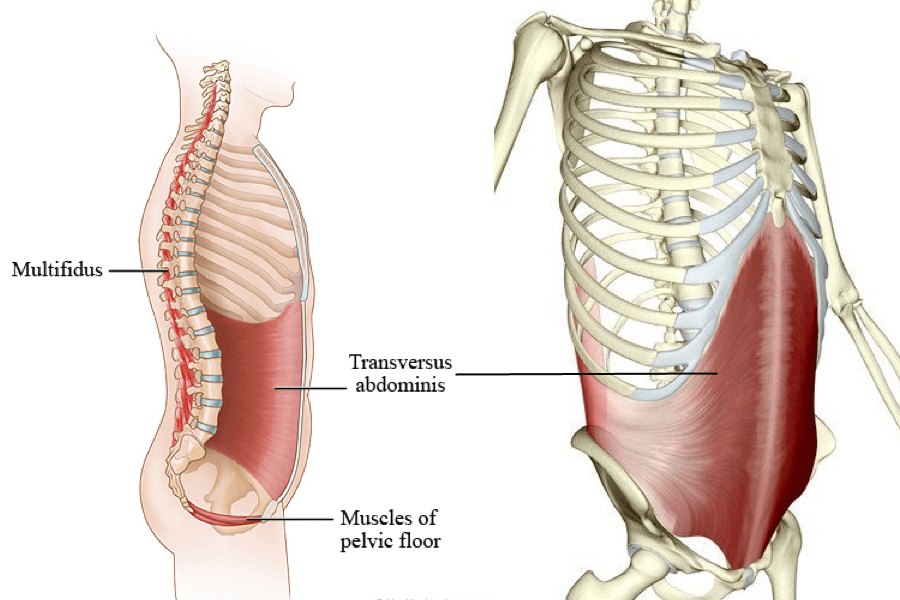
Your TA wraps around your abdomen, front to back, to support your spine and pelvis.
Pelvic Floor
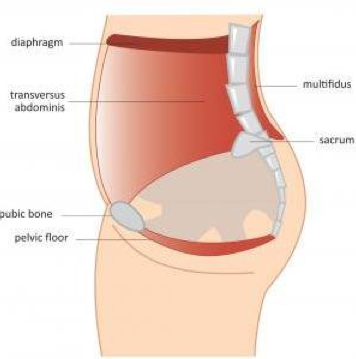
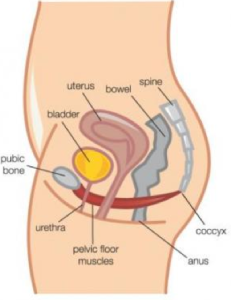 |
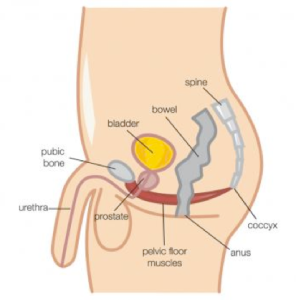 |
Your Pelvic Floor wraps under and in-between your legs to support your pelvis Core Muscles = T-zone = TA + Pelvic Floor
Explore Our Womens Health Treatment
The 2 components needed to activate you T-zone
There are 2 components to activate your T-zone. Imagine there is a horizontal line connecting the front of your hip bones together. This is a visualization for the Transversus Abdominus. If you draw a vertical line from the center of this line down to your knees, this is avisualization of the pelvic floor muscle.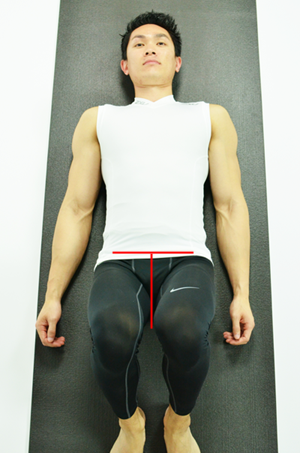
T-zone activation
To activate your T-zone draw up the pelvic floor muscle up the imaginary vertical line as if you are stopping from going to the toilet. You should feel the pelvic floor muscles tighten and draw upwards. Either side of your bottom should be relaxed. Once your pelvic floor is tight, flatten the horizontal line towards your spine and imagine your hip bones are drawing closer together. You should feel your waist line getting smaller like as if you are getting into a pair of tight jeans. Your upper abdominals should be relaxed and you should be able to breathe normally by diverting the breath to the upper chest. You should also be able to talk at the same time. Practice your T-zone by tightening for 10seconds x10/day, and in different positions such as standing, sitting and lying.
Great work! You are now on your way to recovery and ready to begin your advanced strengthening program and exercises with your physiotherapist!
Please answer the questions on the sheet given by your physiotherapist and bring that to your next treatment session.
